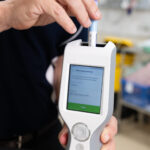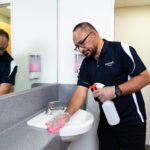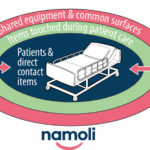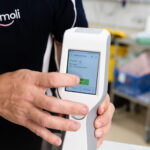Maintaining a safe, clean environment in aged care facilities is essential for protecting residents, supporting staff, and meeting regulatory requirements. The Aged Care Quality Standards set clear expectations for providers, covering areas such as personal and clinical care, the service environment, and governance. Effective cleaning is a core part of these standards, helping facilities minimise infection risks, promote wellbeing, and operate safely.
This guide explains the key principles of infection control cleaning, modern methods for maintaining hygiene, and how facilities can ensure compliance while keeping residents safe.
Why Cleaning is a Clinical Necessity
Effective environmental cleaning is not just about appearances; it’s a fundamental component of resident care and regulatory compliance. The Aged Care Quality Standards directly link cleanliness to health outcomes, particularly within Standard 3 (Personal and clinical care) and Standard 5 (Organisation’s service environment).
These standards mandate a safe, clean, and well-maintained environment that minimises infection risks and supports resident wellbeing. Adhering to national, evidence-based cleaning protocols is how a facility demonstrates its commitment to these standards, transforming regulatory obligations into tangible health and safety measures.
Core Principles of Infection Control Cleaning
A scientifically sound approach to hygiene in aged care hinges on a few core principles:
First is understanding the difference between cleaning (removing physical dirt and organic matter) and disinfection (killing pathogens like viruses and bacteria). Australian health authorities stipulate that effective cleaning must always precede disinfection, as dirt can shield germs from a disinfectant’s effects.
This process is most critical when applied to high-touch surfaces, which are the primary vectors for transmission. These include doorknobs, bed rails, light switches, handrails, and dining tables. To effectively break the chain of infection, guidelines recommend that these surfaces be cleaned and disinfected at least twice daily, with frequency increasing during an outbreak.
Best Practices for Cleaning
Staff should have proper training in the following techniques to ensure cleaning is thorough, consistent, and effective. The technique is just as important as the frequency. To prevent the unintentional spread of contaminants, staff must be trained to clean methodically:
- Clean from high surfaces to low to manage gravity and dust.
- Start with the cleanest areas and move toward the dirtiest.
- Use an ‘S’ pattern to cover surfaces fully without recontaminating cleaned areas.


Modern Methodologies for Superior Protection
Achieving a clinical standard of cleanliness requires modern tools and systems. For example:
Microfibre cloths and mops remove more pathogens than traditional materials, reducing reliance on harsh chemicals.
Colour-coding systems prevent cross-contamination by assigning specific equipment to designated areas (e.g., red for bathrooms, green for kitchens). By assigning specific colours of equipment to different areas, facilities can create a powerful visual safeguard against the accidental transfer of germs from a high-risk area to a food preparation surface.
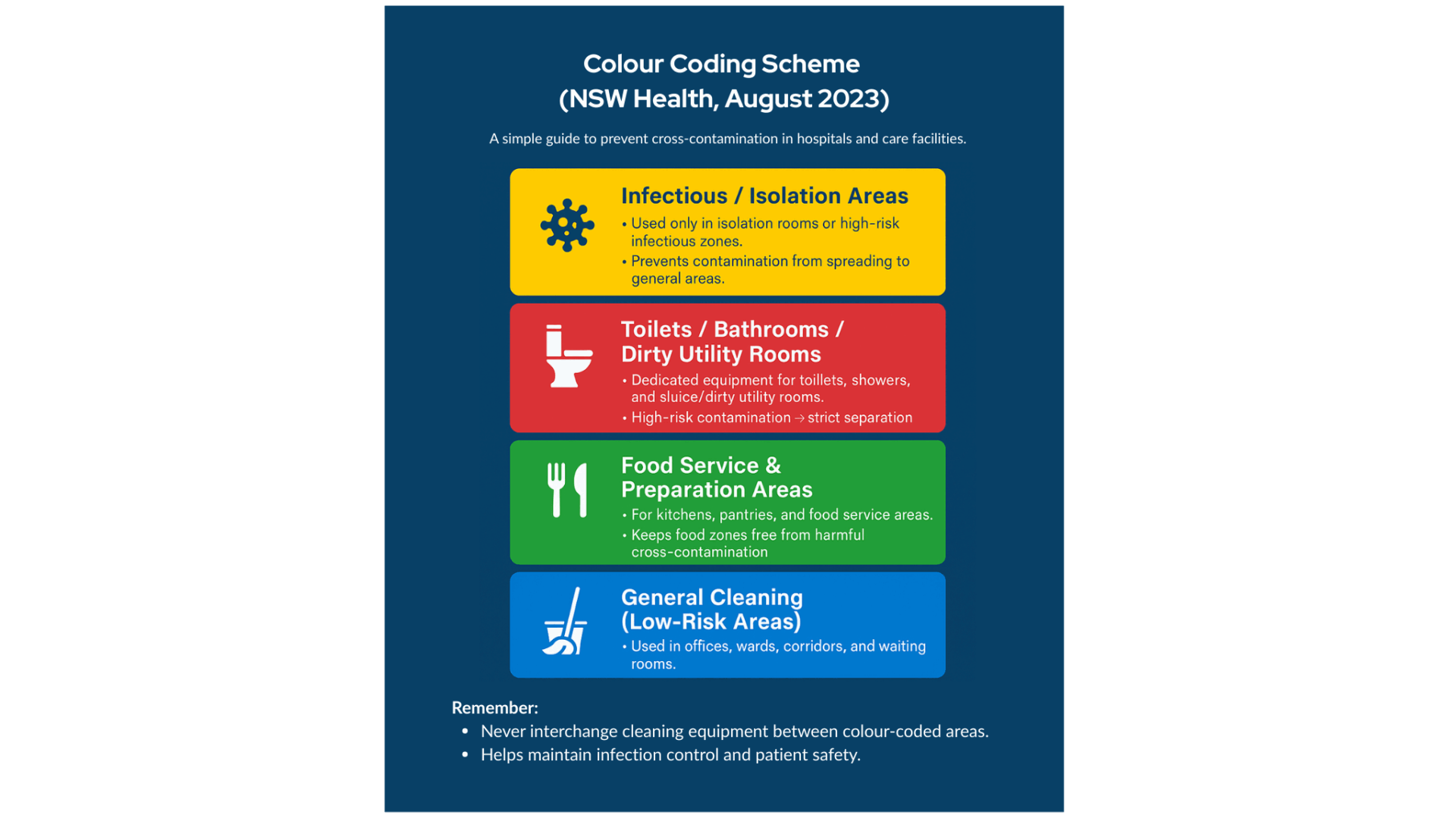
Auditing and verification now extend beyond visual checks. Advanced auditing methods like ATP (Adenosine Triphosphate) monitoring can scientifically measure the level of organic matter on a surface, providing quantitative data to prove that cleaning processes are effective and compliant.
Meeting the Aged Care Quality Standards for environmental hygiene is a complex, non-negotiable responsibility. It demands a deep understanding of infection control principles, rigorous staff training, and a commitment to using the right tools and verification methods. The clinical approach listed above is the foundation of a safe and healthy environment for our most vulnerable citizens.
Ensuring Compliance and Resident Safety
Cleaning in aged care is an essential part of facility operations, not just a routine task. Understanding infection control principles, using modern cleaning methods, and maintaining compliance with the Aged Care Quality Standards are critical to protecting residents and staff.

Here at Namoli Healthcare, we provide specialist cleaning services for the aged care sector. Our teams are trained in national infection control protocols and equipped to meet the Aged Care Quality Standards.
We deliver cleaning programs that are:
- Compliant: Adhering to all relevant regulations and standards.
- Consistent: Following structured protocols to ensure reliable results.
- Effective: Minimising infection risks through proven cleaning and disinfection methods.
Our approach allows aged care providers to maintain a safe, hygienic environment while focusing on resident care.
Related Posts
Maintaining a medical office requires daily diligence to protect patients and staff. In Australia, healthcare cleaning standards call for targeted…
Terminal cleaning—conducted after surgical sessions or patient discharge—ensures operating rooms are safe for the next case. Though the CDC (U.S.)…
What Do Hospitals Use to Clean? Maintaining hygiene in hospitals is non-negotiable. Every surface, tool, and process must meet strict…

